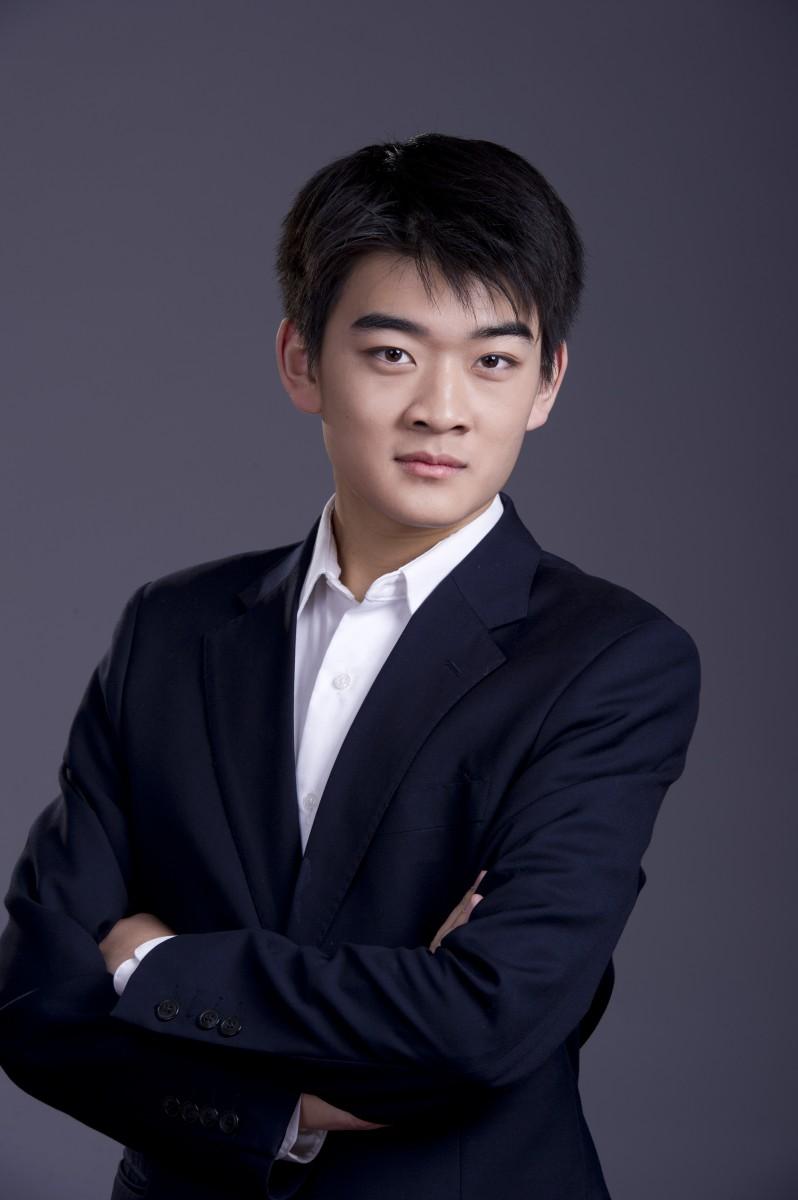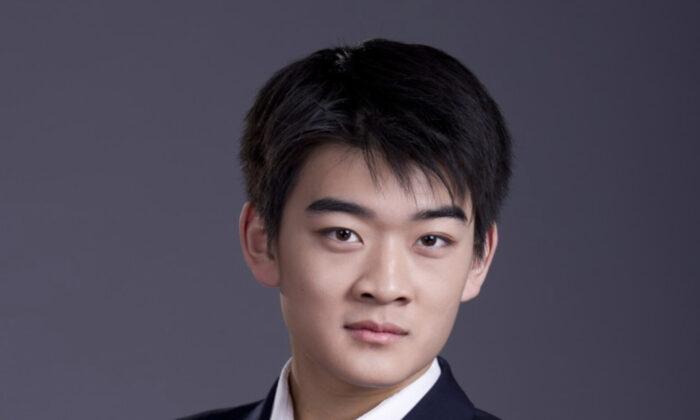
When you talk to Mr. Vorathol Sae-Li, you might mistake him for just another exuberant and funny, yet well-mannered, young Chinese man.
But Mr. Sae-Li is a rare exception among his peers: he is principal dancer performing in practicum with Shen Yun Performing Arts. Since 2007, Mr. Sae-Li has toured most of Asia, Europe, and North America with the New York-based dance company and enthralled millions of audience members around the world, particularly in his role as Jigong in the last two years.
In addition to being principal dancer, Mr. Sae-Li has twice won the silver award in New Tang Dynasty Television’s International Classical Chinese Dance Competition, a highly competitive event that is widely acknowledged as the premier classical Chinese dance competition in the world.
But Mr. Sae-Li was not always this way—in fact, when he was younger, he was not at all excited by physical activities, he says. “Classical Chinese dance is really intense on your body, and it was really hard for me to get through it. It was a very big change from watching TV.”
Among his first challenges upon auditioning and joining Fei Tian Academy, and later performing in practicum with Shen Yun, was just the sheer intensity of the classical Chinese dance program. “When I first started training at Fei Tian, it was extremely painful. On the second day, I was extremely sore all over; I basically couldn’t get out of bed.”
But the young dancer kept going. “The first thing that morning was dance class, so I just had to endure it. And the pain gradually keeps increasing day after day, but after the pain gets to the peak, it goes down. Your body gets used to dance, and the soreness goes away. But that was the hardest part.”
The pain from the first few days was not the only challenge; Mr. Sae-Li also had a difficult time with flexibility. “My legs are not naturally flexible, stretching was a really big problem for me. Stretching is the same as when you first start dancing, it keeps getting sore, [but later] with persistence, flexibility naturally increases,” He said.
Roles on Stage
So what transformed this young man into one of the classical Chinese dance’s foremost performers in the world today? In addition to the hard work and persistence Mr. Sae-Li thinks his penchant for acting sets him apart.“One of my personal characteristics is acting and portraying characters. Jigong is very silly, eccentric and very odd. When I’m portraying Jigong, everything is odd and eccentric. For some people, it may be hard to do that, but it’s natural for me. When the music comes on, I ... I used to watch DVDs of Jigong on TV. So it feels natural,” he said.
And being naturally happy did not hurt of course. “Jigong is always happy all the time. That’s what I’m like I guess. I’m always smiling, just kind of natural.”
The second thing that comes to his aid is ‘yun.’
The Motivators
Among the many things that motivate Mr. Sae-Li to keep going is the feedback from audience members.“Some audience members of Shen Yun have said, after they watched the performance, their entire perspective on the world has changed. What Shen Yun is portraying is traditional Chinese culture. It teaches people how to be good people. For example, in 2012, when I was playing Jigong, Jigong punishes a few bad people who are harassing a lady [in the performance]. These are the sort of stories from traditional Chinese culture [that we perform]. There are a lot of stories like this that teach people what is good and what is bad. At the end of the show, during the curtain call, when I see the audience, they are truly happy. The standing ovations ... I feel really touched inside that I’m portraying something meaningful, something that can help them become better people.”
In addition to audience feedback, being able to share true, traditional Chinese culture is another motivator. “Being able to perform in Shen Yun is really an honor,” he said. “Before coming to Fei Tian, I did not have much of a connection to my heritage. After studying and training at Fei Tian, I really learnt how profound Chinese culture is. We believe that everything is passed down from the gods. The performances teach us that good people will be rewarded and bad people will be punished. When we are on stage, we get to portray these things ... when Westerners see it, it’s the first time for them to come into contact with traditional Chinese culture.”
What we Can Learn
One of Mr. Sae-Li’s most intense experiences performing was preparing for the challenging role of the Monkey King. “As the Monkey King, I had to do a back flip on stage. It was my first time doing that on stage. Preparing for it was really tough for me. There is a saying that you have to practice a thousand times before you use it once on stage—that is really the case for practicing [dancing] techniques. To make it stable enough to go on stage, you have to practice it over and over and over again.”In addition to mastering the techniques for the piece, Mr. Sae-Li had to overcome something else: fear. “Fear is one of the biggest things to overcome. I had to do a round house movement and then go into a back flip. I had this fear of falling, of landing on my head. I could do a back flip if I was confident, but if I was not confident, it is really hard ... if I waver even a little bit, I will not be able to do it.”
And perhaps that is the biggest lesson that comes from talking to Mr. Sae-Li: his courage and determination to press forward, and work harder against the fear.
Mr. Sae-Li has overcome fear and shown remarkable courage over his journey at Fei Tian and Shen Yun.






Friends Read Free